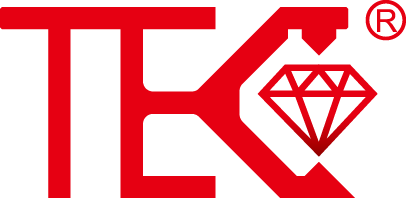ReliableLevelDetectionforHazardousLiquidswithMagnetostrictiveGauges
Precision Measurement in Critical Applications
Magnetostrictive level gauges represent the gold standard for hazardous liquid monitoring across chemical processing, oil refineries, and pharmaceutical manufacturing. These sophisticated instruments utilize magnetostrictive waveguide technology to deliver continuous level measurement with exceptional accuracy up to ±0.05% of full scale. The non-contact measurement principle eliminates mechanical wear components, ensuring long-term reliability in aggressive chemical environments where maintenance access is restricted. Advanced signal processing algorithms compensate for temperature variations and process disturbances, providing stable readings even during rapid filling or draining cycles.
Advanced Technology for Hazardous Environments
The operational core of magnetostrictive level detection systems features a precision waveguide constructed from specialized ferromagnetic materials. When current pulses interact with magnetic floats, torsional stress waves generate precise position data at speeds exceeding 1000 measurements per second. This robust design maintains calibration integrity despite extreme pressure fluctuations ranging from full vacuum to 1000 psi. Intrinsically safe certifications including ATEX and IECEx make these gauges ideal for Zone 0/1 hazardous areas where conventional sensors would pose ignition risks.
Unmatched Reliability in Industrial Settings
Industrial facilities benefit from magnetostrictive gauges' demonstrated mean time between failure (MTBF) exceeding 15 years under continuous operation. The hermetically sealed probe construction resists corrosion from acids, caustics, and solvents while maintaining measurement consistency across temperature extremes from -200°C to 400°C. Redundant electronics and self-diagnostic capabilities provide early warning of potential issues, allowing proactive maintenance scheduling before critical failures occur. This reliability translates to reduced downtime and enhanced safety protocols for plants handling flammable or toxic substances.
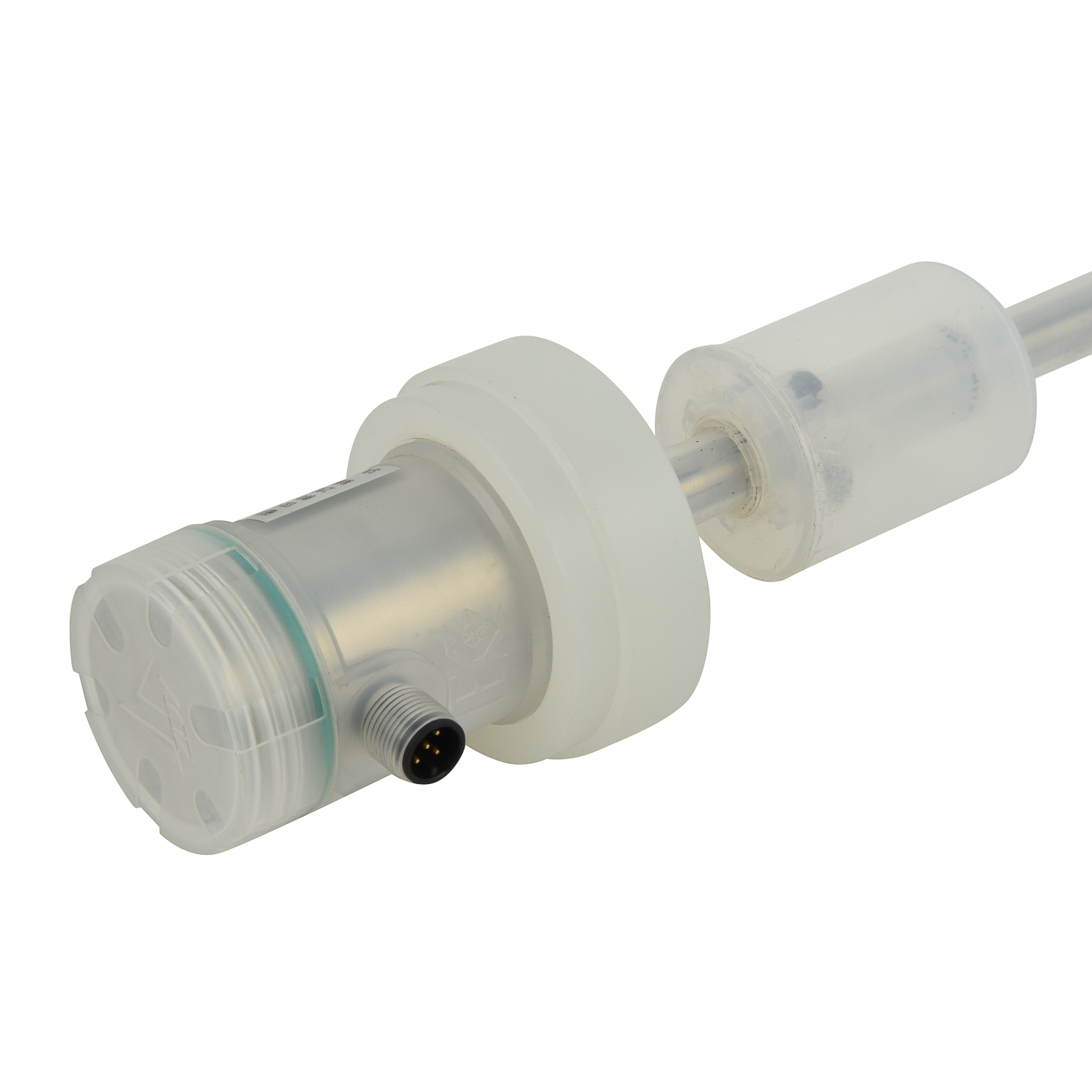
Implementation Best Practices
Successful integration of magnetostrictive level detection requires careful consideration of installation orientation, grounding techniques, and compatibility with existing control systems. Proper shielding and galvanic isolation prevent electrical interference in high-noise industrial environments, while regular calibration verification ensures ongoing measurement accuracy. Modern devices feature digital communication protocols including HART, Profibus, and Foundation Fieldbus for seamless integration with plant-wide monitoring systems. The initial investment in quality magnetostrictive instrumentation typically yields return through reduced maintenance costs and prevented incidents over the equipment lifecycle.
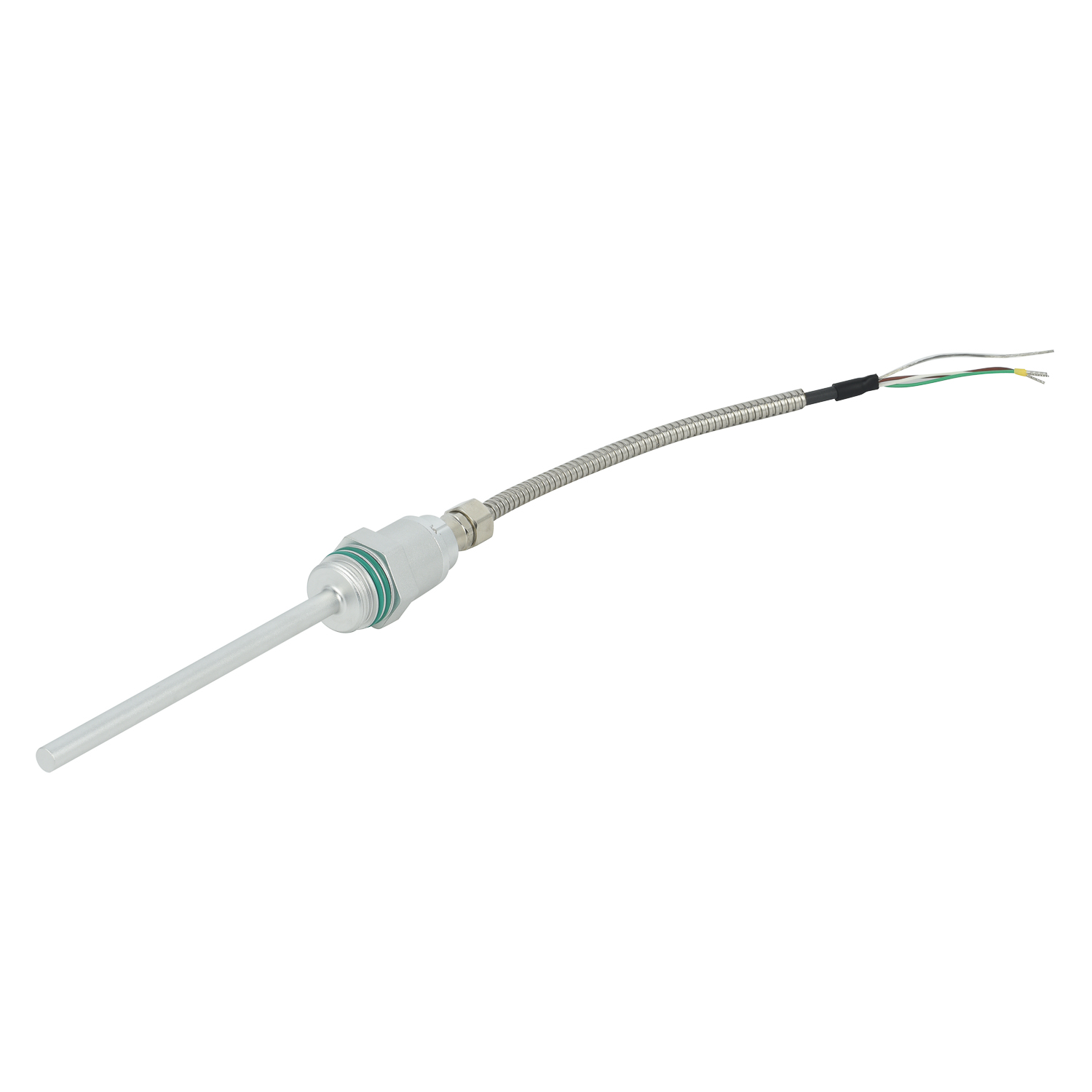
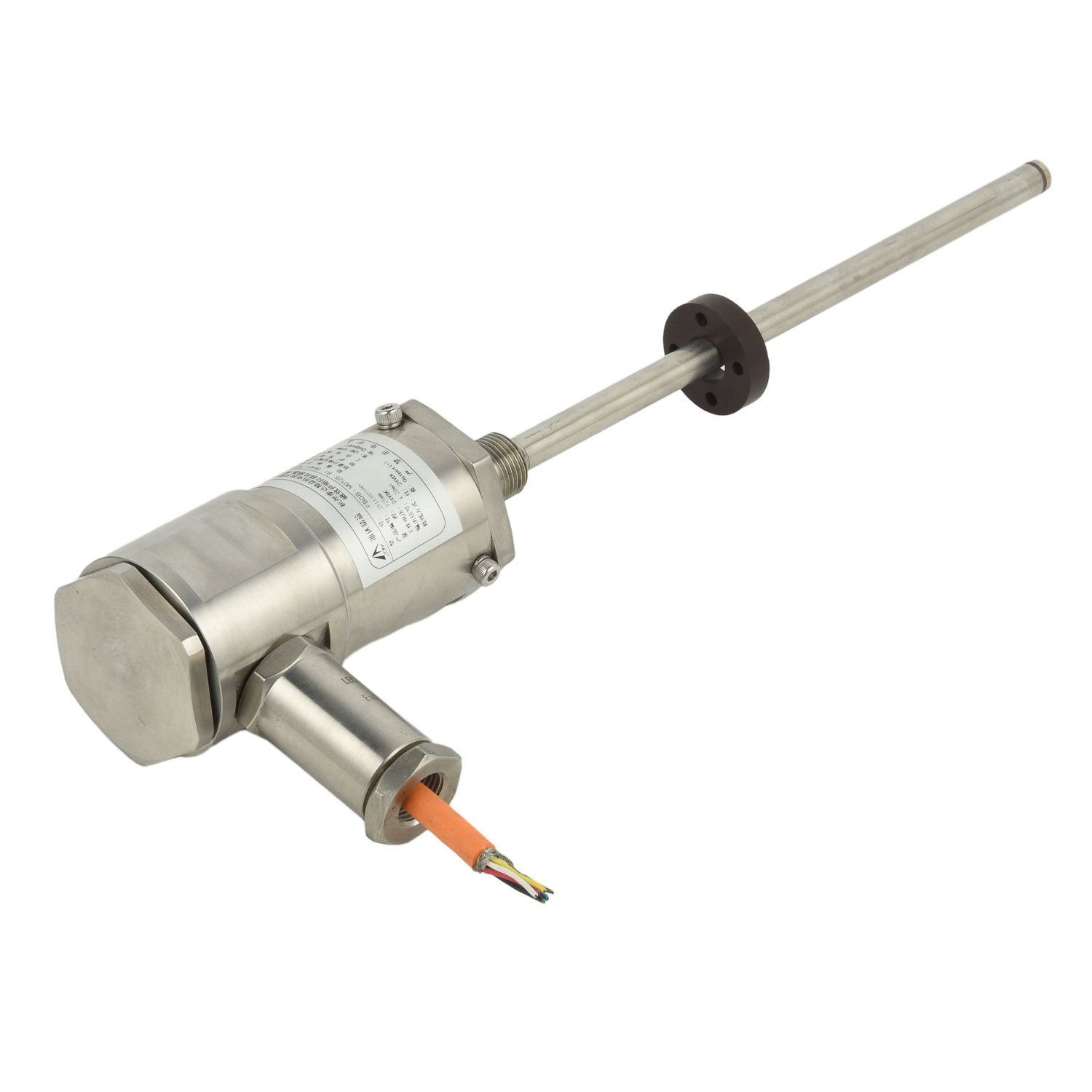 UpgradingYourLevelMeasurementS
UpgradingYourLevelMeasurementS
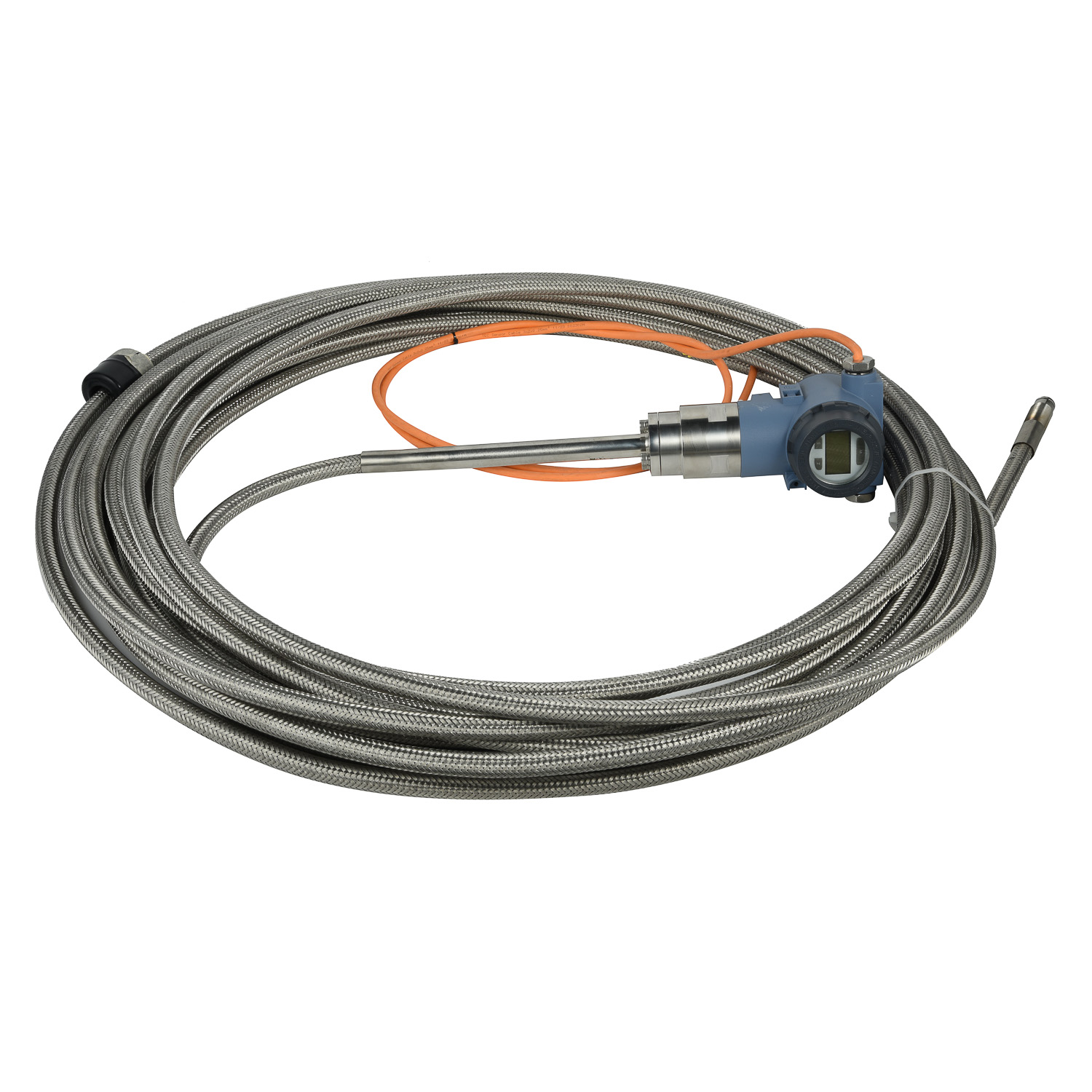 Why are magnetostrictive level
Why are magnetostrictive level
 ComparingMagnetostrictiveandRa
ComparingMagnetostrictiveandRa
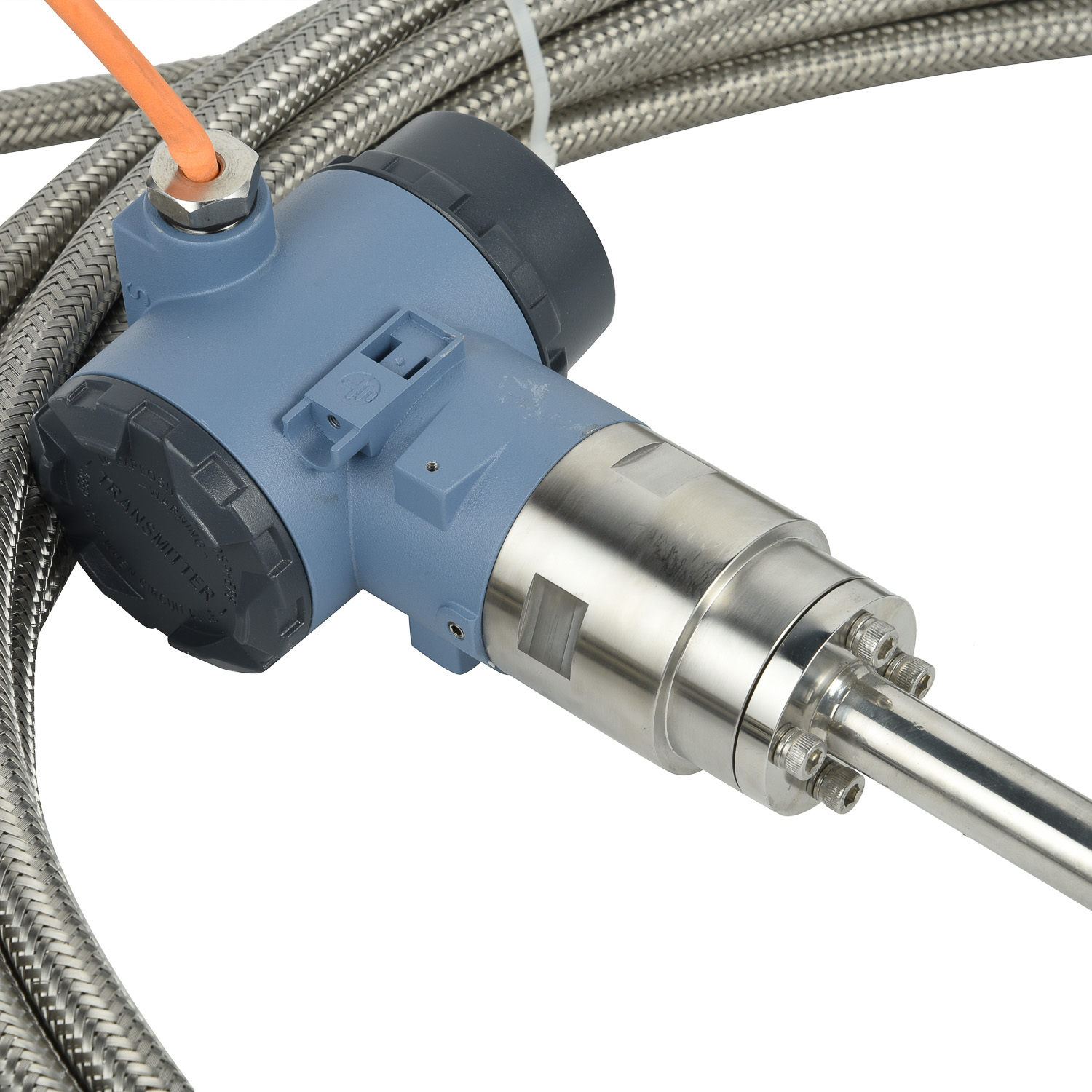 MagnetostrictiveLevelSensorfor
MagnetostrictiveLevelSensorfor
